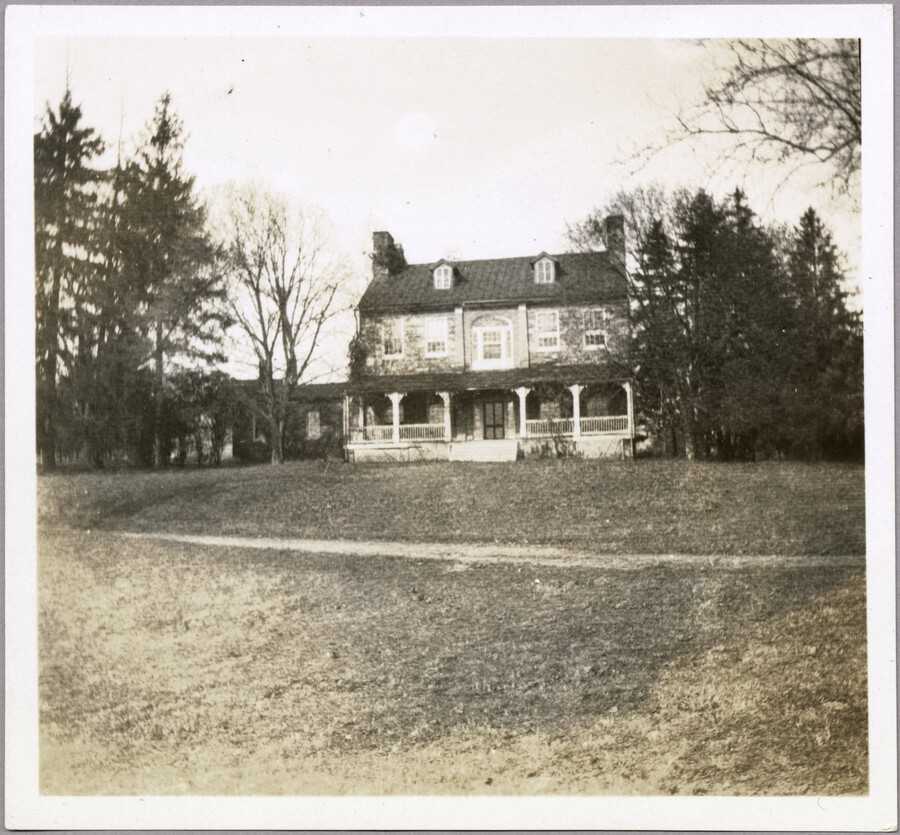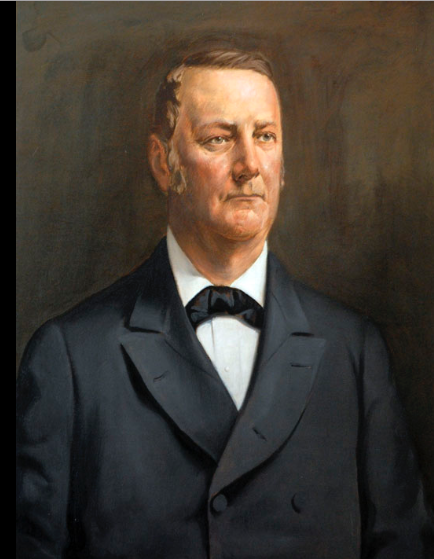History 1688
1688 Initial Land Grant Clover Hill Estate
Tuscany-Canterbury and Guilford occupy part of the 210-acre tract called Merryman’s lot deeded to Charles Merryman in 1688. Charles Merryman obtained the land from Lord Baltimore for a yearly rent of 8 shillings and 5 pence. This small piece of land became a farm named Clover Hill. Descendants of Charles Merryman retained all or a part of this land for 181 years.

Charles Merryman
Sometime before 1650 Charles Merryman had lived in Lancaster County, Virginia, where he worked as a wheelwright. This must have been a profitable business, for he moved to Maryland and purchased additional land in 1694, 1703, and 1704. Charles owned more than 1000 acres between the Patapsco and Back Rivers. He became a planter and a captain in the militia. There is no record that Charles Merryman ever lived on Merryman’s Lott.
The first to do so was his second son, John who in 1714 received half of Merryman’s Lott, and some other acreage.

John Merryman
John Merryman was the first person to clear the land along the valley of the Stony Run and he established a farm, Clover Hill, encompassing several hundred acres. The farm occupied the land on either side of what is now Charles Street. In 1725 he built a house located where the residence of the Bishop of the Cathedral of the Incarnations stands today. For the next 155 years the Merryman family occupied and operated the farm. It was sold in 1869.
Clover Hill remains as Cloverhill Road, one of the principal streets of Tuscany-Canterbury,